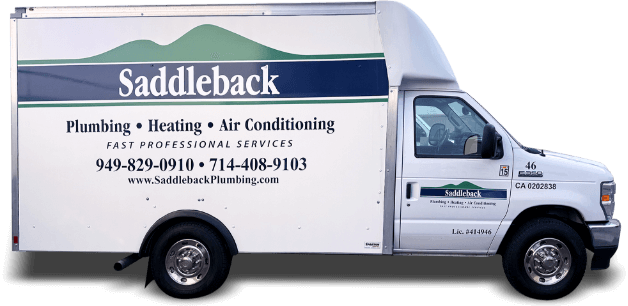A Question from Brea: Why Does My Furnace’s Pilot Light Keep Going Off?
December 16th, 2011If you have an older furnace with a gas pilot light and it keeps going out, heating your Brea home can become a frustrating process. Not only are you forced to trudge downstairs to light it every time you need heat, but…

